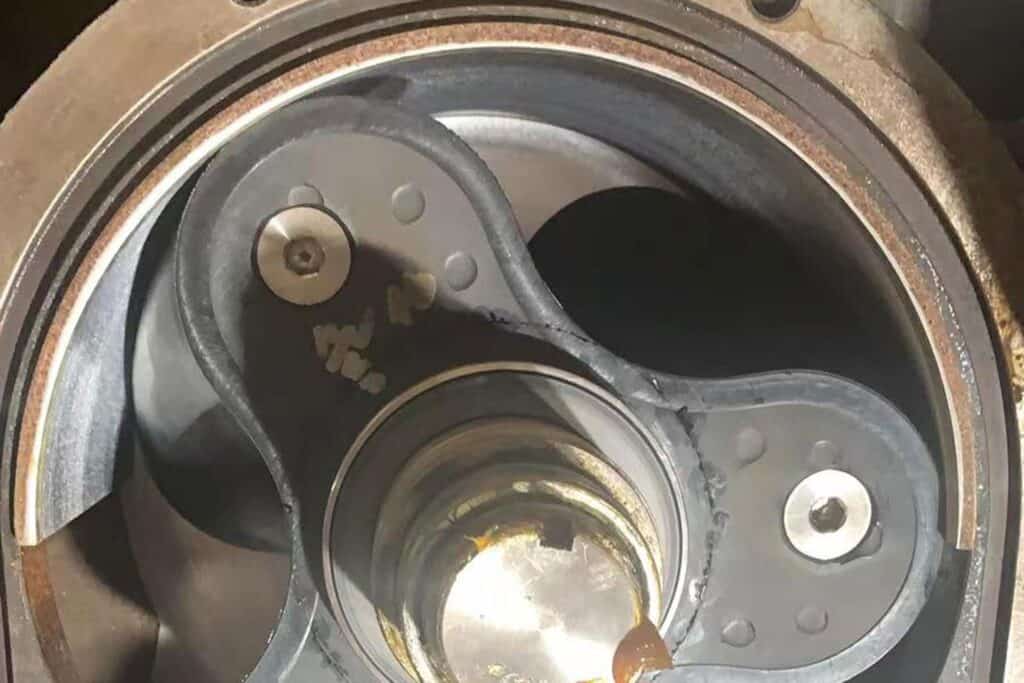Rotary lobe pumps are commonly used in various industrial applications to transfer fluids of different viscosities. One of the critical design factors affecting these pumps’ performance and efficiency is the gap between the lobes and the pump housing. In this article, we will discuss the importance of gap in rotary lobe pumps, its effect on pump performance, and how Yaness, a leading manufacturer of rotary lobe pumps, designs its pumps to optimize gap for optimal performance.
What is Gap in Rotary Lobe Pumps?
Gap is the space between the lobes and the pump housing in a rotary lobe pump. The Clearance is essential in preventing metal-to-metal contact between the lobes and the housing, which can cause damage and reduce pump efficiency. The gap also affects the amount of fluid the pump can transfer and its efficiency.
How Does Gap Affect Pump Performance?
The gap in a rotary lobe pump affects its performance in several ways. First, a larger gap allows more fluid to flow through the pump but also increases the internal recirculation, reducing efficiency. Conversely, a smaller gap can improve pump efficiency but may limit the flow rate and increase the likelihood of contact between the lobes and the housing. Therefore, the gap must be optimized to balance flow rate and efficiency best.
How Does Yaness Optimize Gap in its Rotary Lobe Pumps?
At Yaness, we design our rotary lobe pumps to optimize gap and achieve optimal pump performance. We use precision machining techniques and high-quality materials to manufacture our pumps. Our pumps feature tight tolerances and carefully engineered clearances to minimize internal recirculation and prevent metal-to-metal contact. Additionally, our pumps are designed with a self-priming feature that ensures smooth operation and high efficiency even when handling viscous fluids.
FAQs
Q: Can rotary lobe pumps handle low-viscosity fluids?
A: Yes, rotary lobe pumps can handle low-viscosity fluids, but the gap must be optimized to prevent excessive internal recirculation that reduces efficiency.
Q: What happens if a rotary lobe pump’s gap is too large?
A: A larger gap in a rotary lobe pump allows more fluid to flow through the pump but also increases the internal recirculation, reducing efficiency.
Q: How does Yaness optimize gap in its rotary lobe pumps?
A: At Yaness, we use precision machining techniques and carefully engineered clearances to minimize internal recirculation and prevent metal-to-metal contact. Our pumps are also designed with a self-priming feature that ensures smooth operation and high efficiency even when handling viscous fluids.
Conclusion
Gap is a crucial factor in the design and performance of rotary lobe pumps. It affects the pump’s ability to transfer fluids and its efficiency. Yaness understands the importance of gap and designs rotary lobe pumps to achieve optimal performance in various industrial applications.



